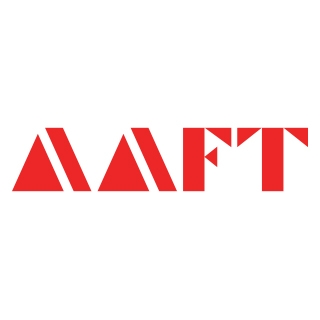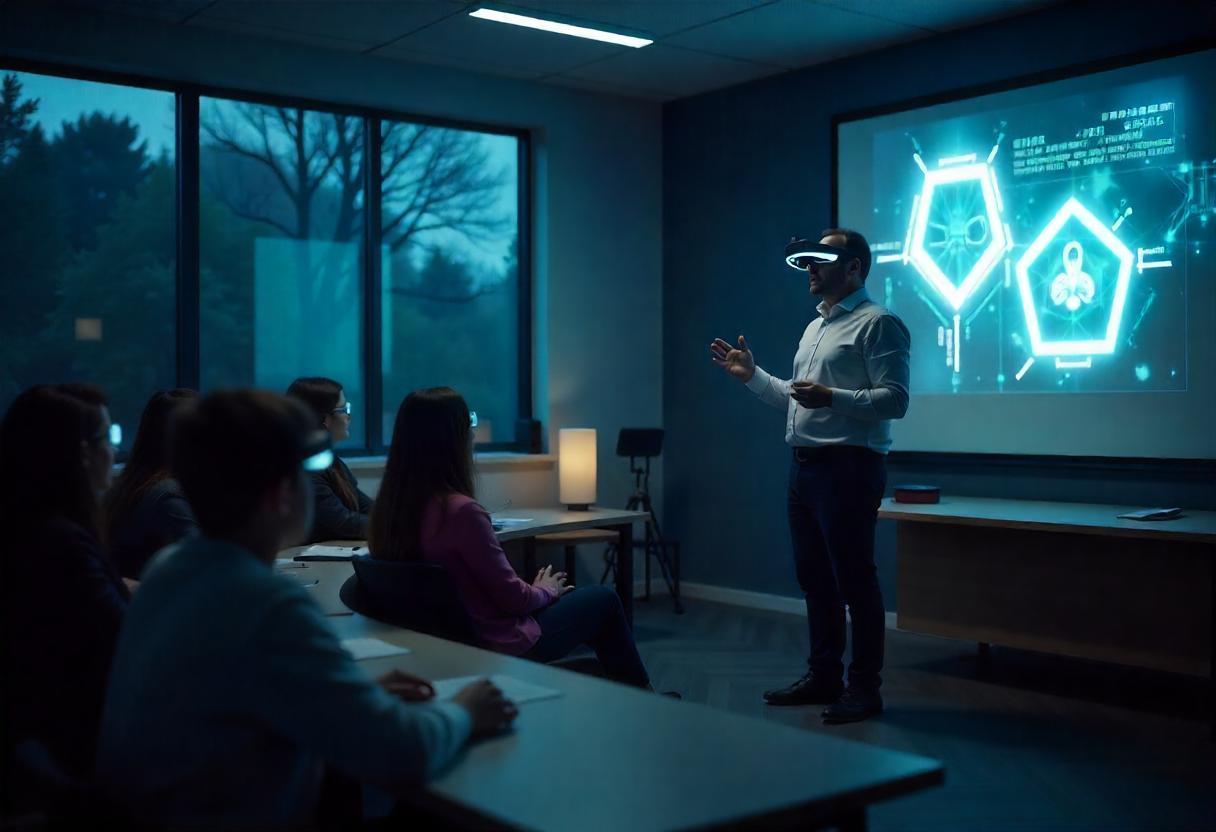The Future of Learning: How Technology is Shaping Education
The post-COVID years have experienced a significant rise in technology-aided education. The edtech industry massively contributes to the growth of digital learning and the accessibility of online courses and study materials.
Online classes on Zoom, virtual field trips using AR/VR technology, collaborative learning, advanced teaching aids, and flexible learning options are how technology is shaping education. It helps overcome the barriers in learning by allowing remote access, multilingual options, and diverse perspectives and makes learning a rich sensory experience.
Keep reading to learn more about the role of technology in education.
How Technology Shapes Education In India
Technological intervention has been a game changer for the Indian education system. From digital libraries and online degrees and diplomas to MOOCs (Massive Open Online Courses), SWAYAM, NPTEL, and DIKSHA – technology allows students to access courses from top universities and high-quality educational content in multiple languages.
Do you want free career counseling?
Ignite Your Ambitions- Seize the Opportunity for a Free Career Counseling Session.
- 30+ Years in Education
- 250+ Faculties
- 30K+ Alumni Network
- 10th in World Ranking
- 1000+ Celebrity
- 120+ Countries Students Enrolled
Read Also: Navigate the Digital Media Landscape in 2025
The 10 key ways technology is shaping education include-
1. Remote Access to Courses and Digital Libraries
Have you heard of stories where your parents carried their textbooks while spending the summer holidays with their families? Or going to another town just to find a certain book in a library?
Book Now →
Digital archives like the National Digital Library founded in India and the Internet Archive founded in America provide students access to a plethora of educational materials. This includes theses, study materials, books, articles, videos, links to publications, and more. These free websites are designed to overcome geographical barriers and decentralize learning.
You don’t have to live near a reputed institute to attend it. Online courses – long and short-term – are perfect for people who live far away from educational institutions or work full-time jobs.
All you need is a smartphone and internet connection to learn and skill up. It makes education universal, allowing people from different regions and age groups to understand their potential and thrive in their dream careers.
Do you want free career counseling?
Ignite Your Ambitions- Seize the Opportunity for a Free Career Counseling Session.2. Personalized Learning
Imagine not having to sit through lectures on topics you already are thorough on or scrambling for notes on a subject you are scared of.
AI-driven adaptive learning models are trained to assess individual potential. Each student has different strengths and weaknesses, and the newer teaching tools understand this and cater to specific needs.
From customized lesson plans, flexible schedules and projects to different mediums suitable for different students, personalized learning captures the essence of education and ensures no one is left behind.
Teachers can now tailor the syllabus, provide targeted support in areas that need extra effort, and help students learn and progress at their own pace.
3. Immersive and Interactive Learning Experiences
Introducing AR/VR technologies in education makes learning interactive and fun. With their potential to create deeply immersive learning experiences, these innovative tools can transform the future of education in India.
Read Also: What Is Business Journalism? Role, Importance & Impact
What if you could experience all the different countries and cultures you learn about? Or witness a historic event unfold right in front of you? Think of the images from your history and geography textbooks that made you want to visit them.
With AR/VR, students can take virtual field trips and visit museums, laboratories, and mountains and walk through forests while sitting in their classrooms.
The rich and realistic learning experiences help foster student engagement, enhance information retention, and improve performances.
4. No More Language Barriers
India’s cultural and linguistic landscape is both vast and diverse. Advanced technology like real-time translation and access to the same study materials in multiple languages expands the scope of e-learning platforms and makes learning more convenient.
Multilingual courses can help students learn in their native language, increasing comprehension and understanding and boosting engagement. It makes education more diverse, all-inclusive, welcoming, and accessible – especially in remote, less privileged areas of the country.
Read Also: News Anchoring Career Guide: Courses, Skills & Future Scope
5. Flexible Learning Options
In addition to providing access to a wide range of information and study materials, technology also allows learners to utilize these whenever they need, from wherever they are. With platforms made compatible with multiple devices, every new course is just a click away.
Online courses are known for their flexibility, which lets students complete them at their own pace. While some degree courses might provide access of 4-6 years, certificate courses and some diplomas allow lifetime access, enabling students from various backgrounds to continue their learning, skill up, and future-proof their careers with better opportunities.
6. Diversity and Accessibility
Education needs to mirror society to truly engage students and meet their needs. And societies are far from being homogenous – people have different socio-cultural, ethnic, and financial backgrounds and varied physical and cognitive abilities. Diverse curricula account for all these nuances and ensure everyone has access to learning.
Adaptive technologies like text-to-speech and speech-to-text converters, ISL interpretations, and multilingual study materials make education more accessible than ever.
7. Automated Evaluations and Assessments
One of the major benefits of technology in education is its ability to streamline repetitive tasks and leave more room for facilitators to cater to the individual needs of students, create personalized lesson plans, and make a collaborative classroom environment.
AI-driven scoring models are designed to assess student essays and answer sheets quicker and more efficiently. These systems are trained to grade projects based on a set of characteristics. Since these automated scoring system models are trained with vast and diverse datasets, they save time and are considered useful in avoiding human biases.
Read Also: What You’ll Learn in a BJMC Program
You don’t have to wait for days to get your test results back. With automation, you get feedback in seconds.
8. Collaborative and Peer Learning
The power of peer-to-peer learning is integral to the cognitive and social development of school-going students. Online portals allow students to collaborate on projects, chat, and share ideas irrespective of their physical location.
Online discussion forums, study groups, and dedicated study sessions are effective tools that permit the horizontal flow of knowledge, improve communication skills and cultural awareness, present different perspectives, and develop critical thinking skills.
Collaborating with peers helps provide and receive meaningful feedback and encourages students with disabilities to actively participate in mainstream learning and reach for their dream careers.
9. Advanced Teacher Training
Teachers are the pillars that help the upgraded curricula and tech-driven teaching methods reach students. They facilitate flexible and adaptive learning and cater to the individual needs of the students.
Technology is the perfect aid for classroom teaching. Smartboards, AR/VR technology, automated assessments, and practical and hands-on lesson plans have become more efficient with emerging technology.
These equip teachers and facilitators to enhance their teaching methods to accommodate diverse students and boost engagement in classrooms.
Online courses, seminars, workshops, and training programs allow teachers to get their hands on the newest teaching tools and methods, stay up-to-date on the latest technology, and skill up.
10. Education Beyond Classrooms
With the internet and social media rising to become major information providers in 2025, education is not limited to classrooms anymore. Online tutorials and lectures on YouTube, informational pages and topic-specific accounts on Instagram, and subreddits are increasingly used by students for current affairs, historical, and scientific knowledge.
Read Also: Radio Jockeying 101: How to Become an RJ
Online portals and government schemes allow students to study from the comfort of their homes and understand themes and subjects with guided video lectures and demonstrations. Thanks to digital tools and smartphones, the limit is beyond the sky.
Conclusion
Education is for everyone, but it’s not one-size-fits-all. From difficult terrains to remote villages, technology is shaping education by making it accessible, diverse, global, and hands-on.
The EdTech industry in India is expanding exponentially and is expected to have a market value of USD 30 billion by 2030. It combines holistic and comprehensive learning experiences and provides personalized courses and curricula to reach different demographics in diverse locations.
With newer technology like AI and Augmented and Virtual Reality (AR/VR) and Government initiatives to boost tech-driven learning and make more people digitally literate, education is no longer limited to textbooks and study materials. If you want to experience state-of-the-art infrastructure, industry-standard training, and updated, technologically-driven courses, AAFT Noida offers a range of courses to suit your specific interest and help you kickstart your career.

AAFT has been providing the world with limitless creativity and expression since 1993! Through a dynamic and industry-driven curriculum, AAFT provides engaging and captivating articles to persuasive blogs and empowers its readers to explore diverse avenues of creative media education-related content.






